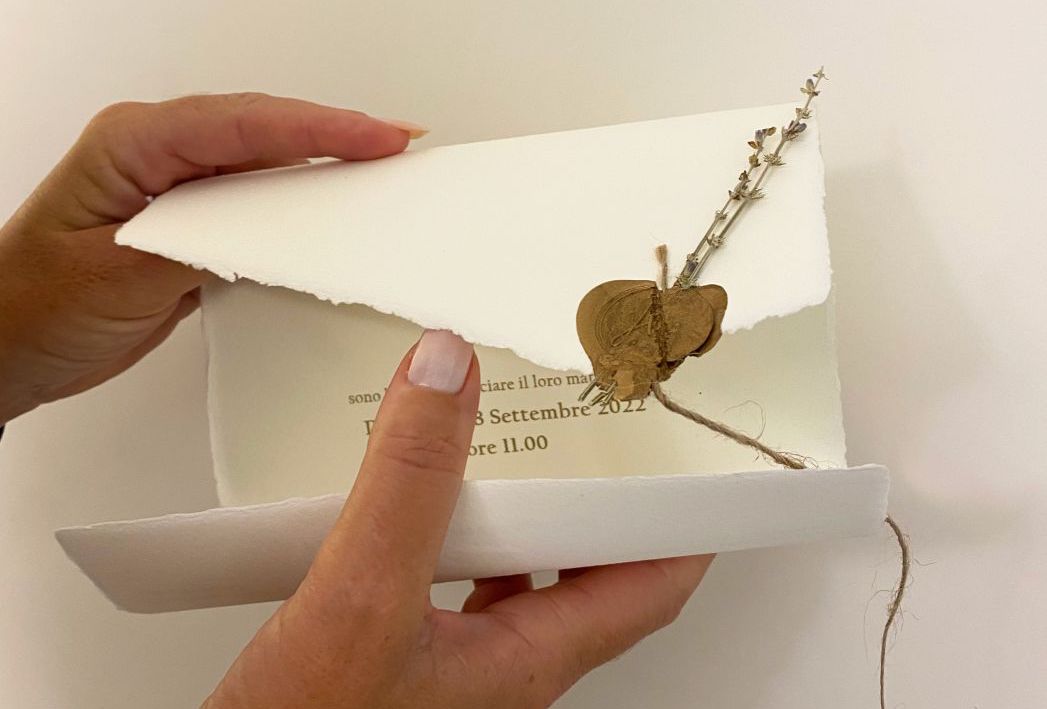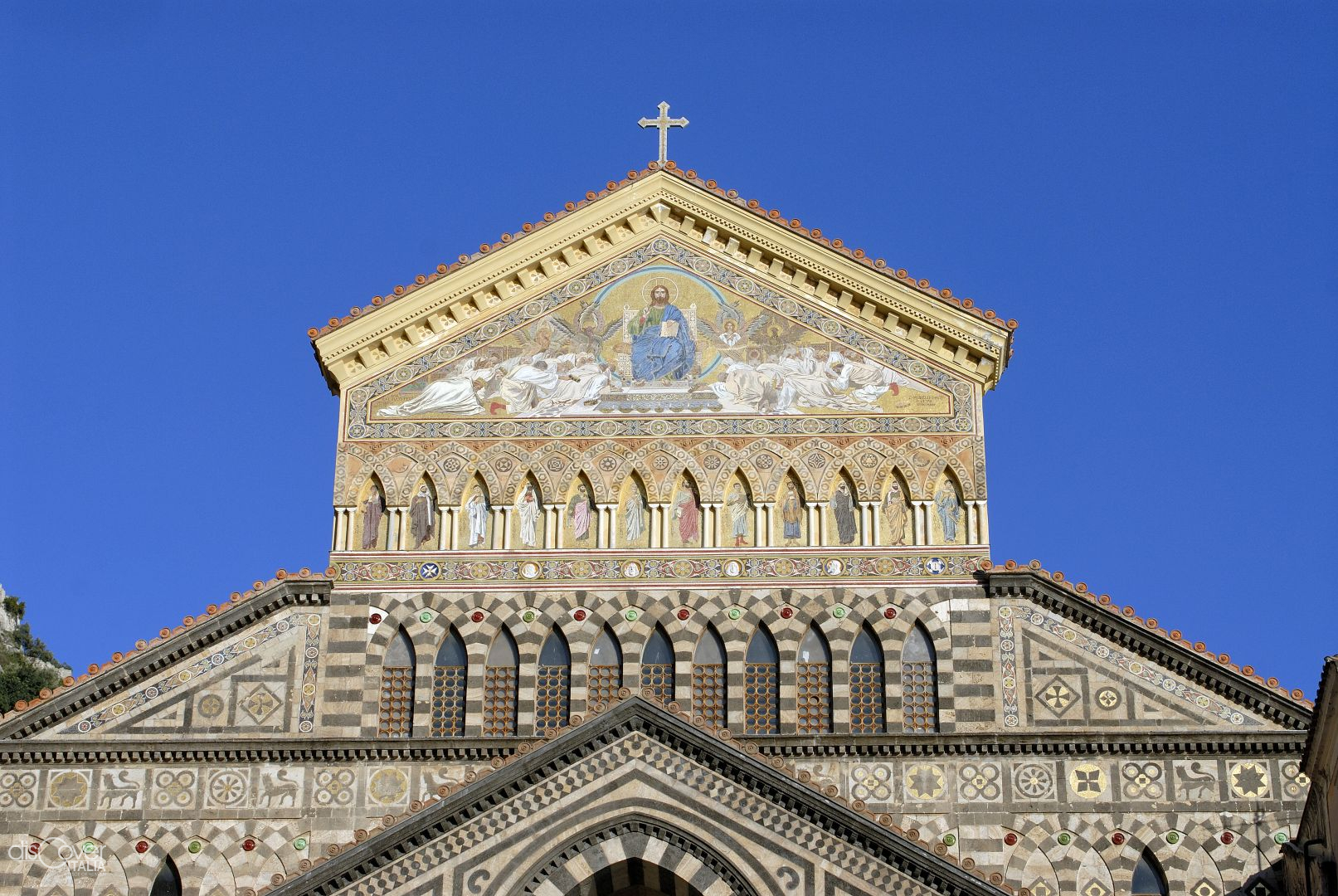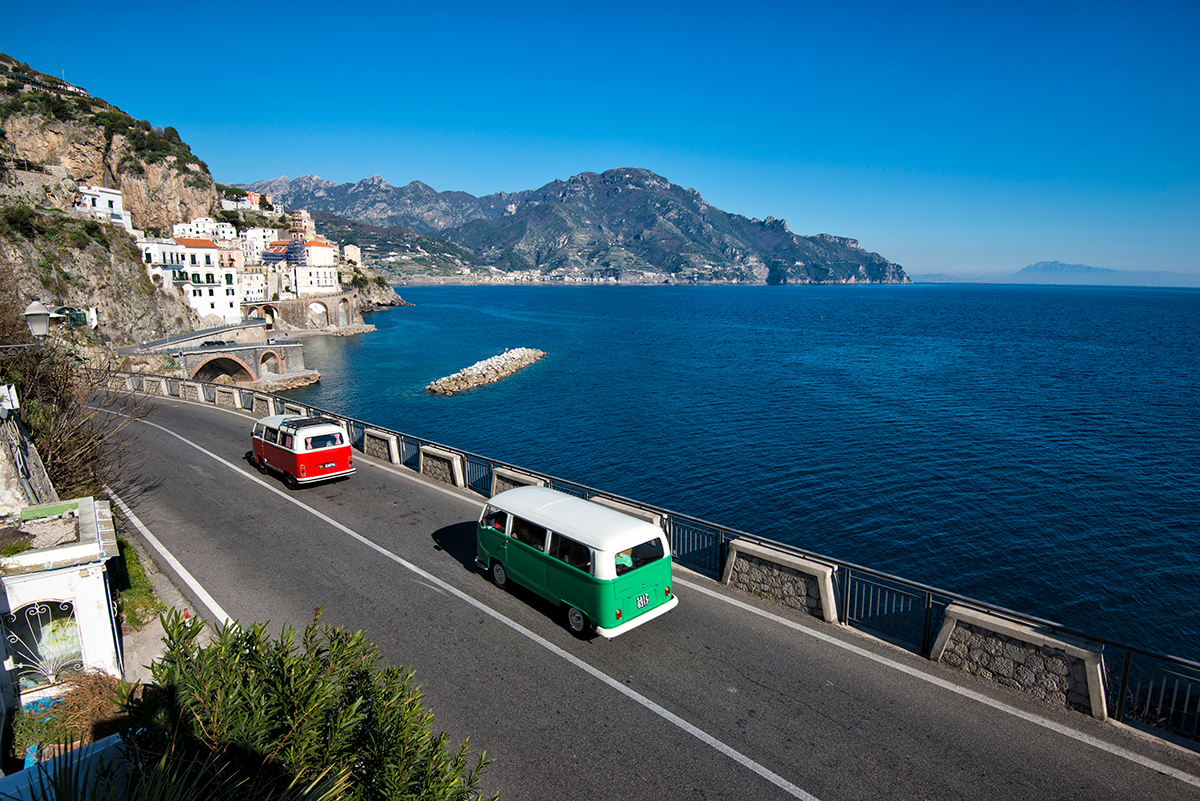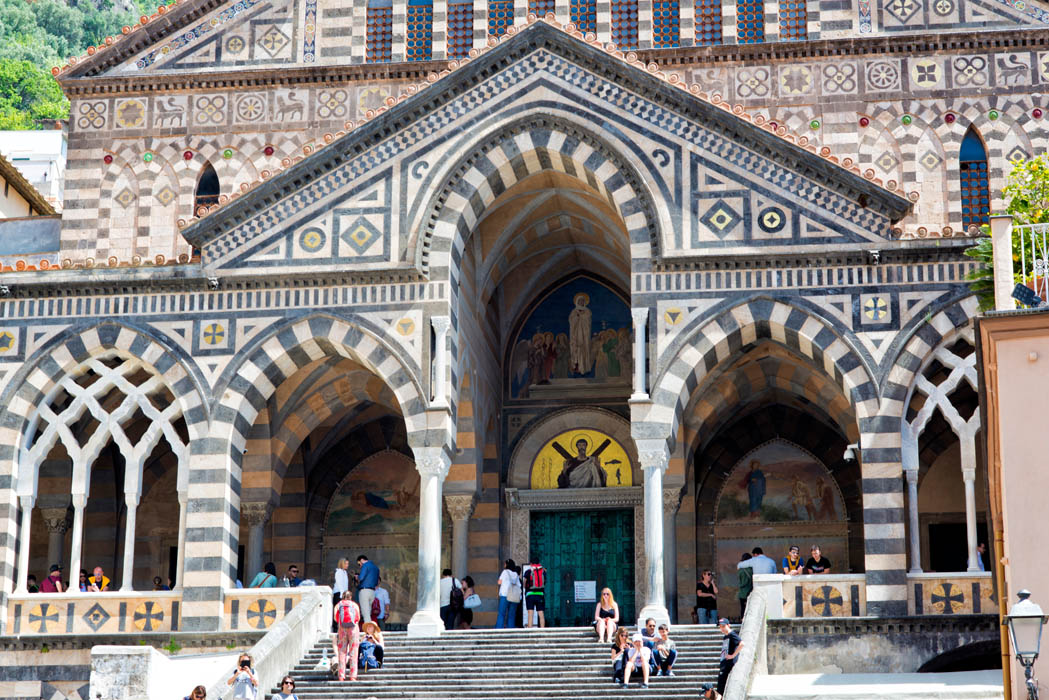A seaside village which lives on fishing.
It has always been like this for Cetara, which eve in its name bears evident traces of its ancient vocation: from the latin Cetaria, which means tuna fishery, or maybe cetari, which are the sellers of tuna.
 And the tuna festival is still today one of the leading events of the small town which occupies a valley in the shadow of Mount Falerio, among the cultivations of lemons and vines. A strategic position in the Gulf of Salerno, the Cetara one, which has played a significant role in different eras. And which led it to be in the 9th century even a base of the Saracens, who took full advantage of it between 842 and 879 during the very long siege of Salerno, which, however, did not see them prevail. It was in 1120 that Cetara entered the sphere of influence of Amalfi, becoming borderland of the Duchy with the Principality of Salerno and, therefore, once again fundamental in the control of the territory. With the arrival of the Normans, centuries-old phase of dependence on the Benedictine abbeys of the region started, first the one of Erchie and then the one of Cava, when it became a port of reference for the intense commercial exchanges between the monasteries. The church of Saint Peter the apostle, patron saint of the village, dates back to Norman times and it was built for the victory over the saracens. In Romanesque style, it rises in a raised position and is reachable with a stone staircase. Even if it kept a Neo-classical facade, it has been completely remodeled in the Baroque age. It has a beautiful dome of polychromatic majolica and next to it a thirteenth-century bell tower of eighteen meters high, decorated with double-arched windows and with an octagonal belfry.
And the tuna festival is still today one of the leading events of the small town which occupies a valley in the shadow of Mount Falerio, among the cultivations of lemons and vines. A strategic position in the Gulf of Salerno, the Cetara one, which has played a significant role in different eras. And which led it to be in the 9th century even a base of the Saracens, who took full advantage of it between 842 and 879 during the very long siege of Salerno, which, however, did not see them prevail. It was in 1120 that Cetara entered the sphere of influence of Amalfi, becoming borderland of the Duchy with the Principality of Salerno and, therefore, once again fundamental in the control of the territory. With the arrival of the Normans, centuries-old phase of dependence on the Benedictine abbeys of the region started, first the one of Erchie and then the one of Cava, when it became a port of reference for the intense commercial exchanges between the monasteries. The church of Saint Peter the apostle, patron saint of the village, dates back to Norman times and it was built for the victory over the saracens. In Romanesque style, it rises in a raised position and is reachable with a stone staircase. Even if it kept a Neo-classical facade, it has been completely remodeled in the Baroque age. It has a beautiful dome of polychromatic majolica and next to it a thirteenth-century bell tower of eighteen meters high, decorated with double-arched windows and with an octagonal belfry.
In the 17th century, the church and the convent of San Francesco were built, which became the religious reference point of the population. The church, with a single nave with six chapels, has a dome frescoed by the artist Marco Benincasa. In the convent, which is the seat of the town hall, the Civic Museum is housed with paintings of local painters depicting their birthplaces on the Coast. The church of Santa Maria di Costantinopoli dates back to the Nineteenth century.
In the 17th century, the church and the convent of San Francesco were built, which became the religious reference point of the population. The church, with a single nave with six chapels, has a dome frescoed by the artist Marco Benincasa. In the convent, which is the seat of the town hall, the Civic Museum is housed with paintings of local painters depicting their birthplaces on the Coast. The church of Santa Maria di Costantinopoli dates back to the Nineteenth century.
Several beaches are part of Cetara, from the central Marina di Cetara, of sand and pebble, near the small port of the fishermen and of the tower, to the Port beach (Spiaggia del Porto), artificially created behind the dock few decades ago and then completed by the nature with sand and pebble. The Lannio Beach, instead, is entirely sandy, outside the centre towards Vietri. Yon can reach it after a short path on foot and a stairway. According to the legend the name derives form the lamentations of the monks slaughtered in one the saracens attacks.
The fishing activity, prevalent in the history of Cetara and its economy, is at the origin of the typical production which has made famous the small town of the coast: the anchovy sauce (colatura di Alice)
© ALL RIGHTS RESERVED











Comments powered by CComment